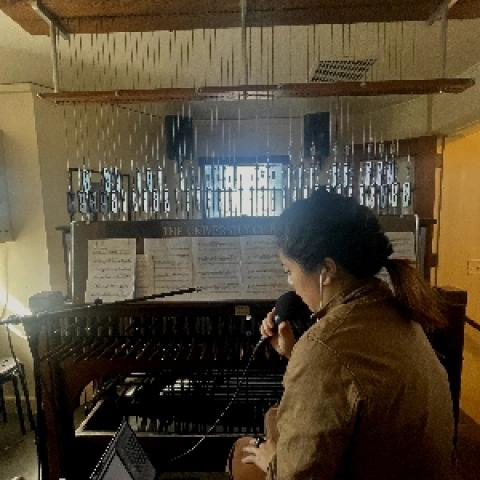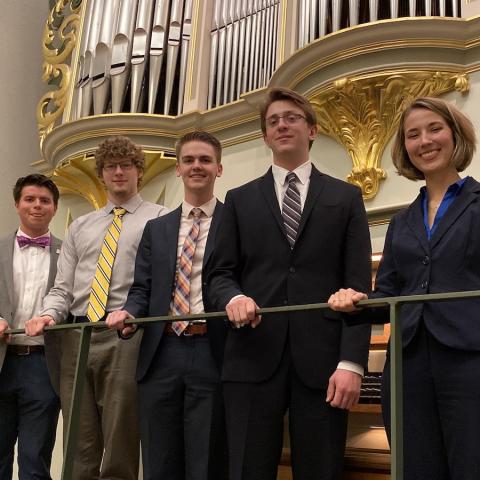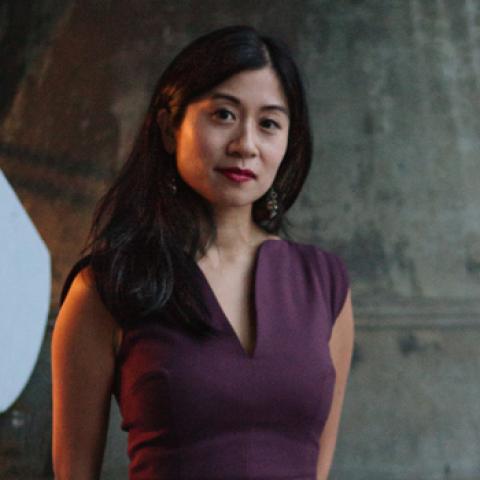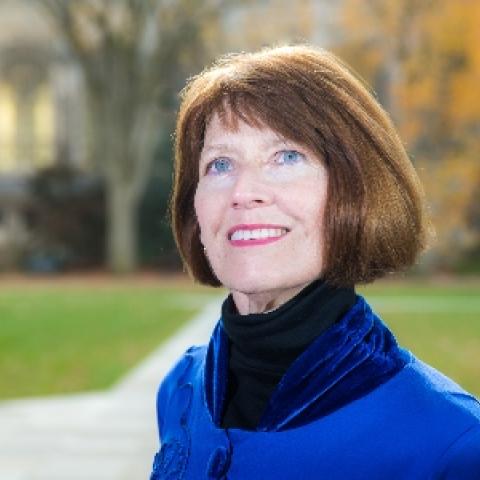Tiffany Ng plays the North American premiere of Ari Ari (2018) by Hyo-won Woo at the Rockefeller Chapel carillon.
Preeminent Korean composer Hyowon Woo based Ari Ari on traditional folksongs and rhythms from different regions of South Korea. This exciting work is inspired by the powerful sounds of the Charles Baird Carillon at the University of Michigan, with its sonorous twelve ton bourdon bell.
Ari Ari was written by invitation from Tiffany Ng and was premiered by Ng at the Canberra International Carillon Festival, Australia, in 2018. The Rockefeller Carillon New Music Festival presented 41 pieces from the 21st century, including 16 world premières. The two-day festival, May 25–26, 2018, hosted performers, composers, and visitors from around the world.







